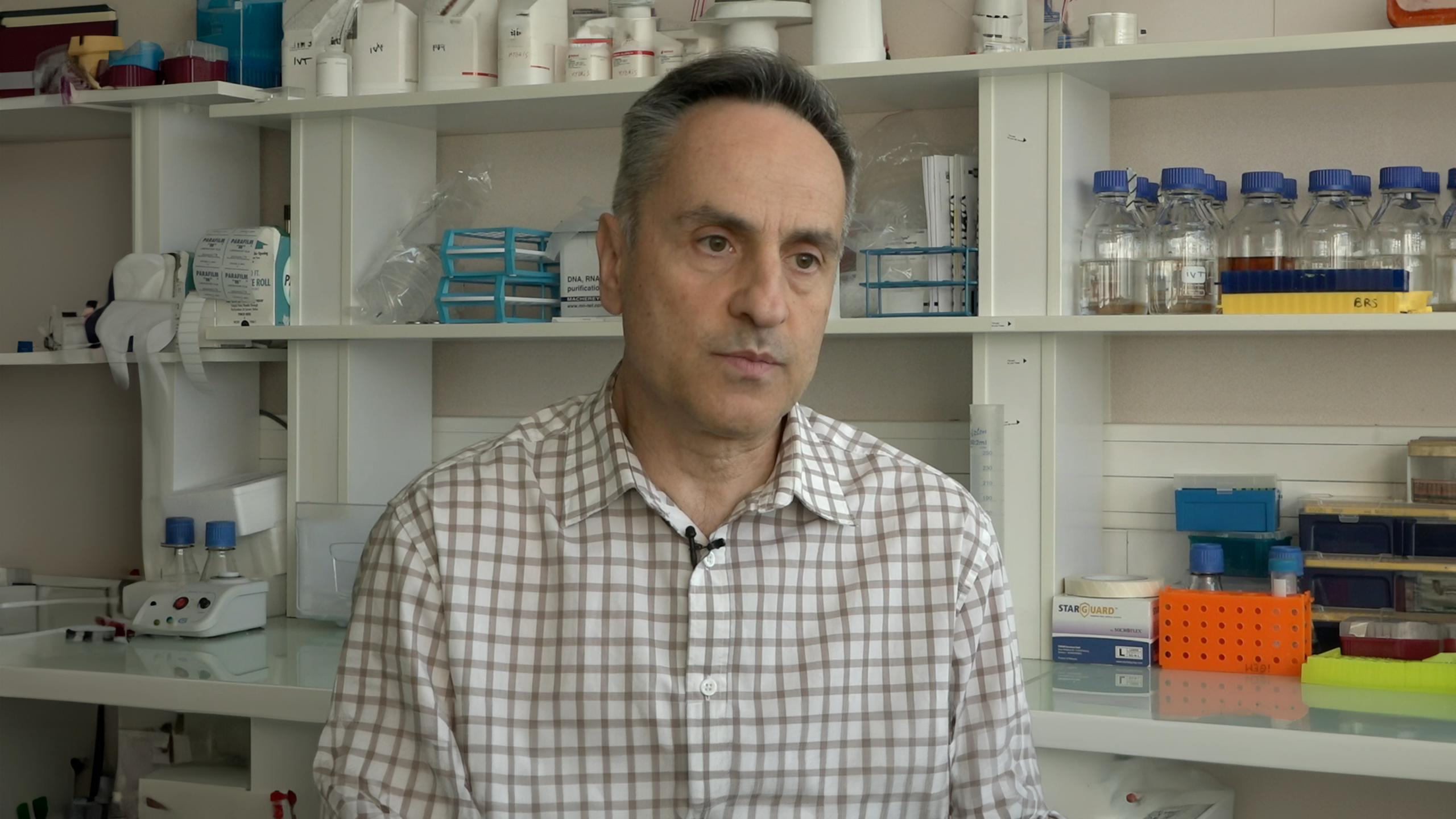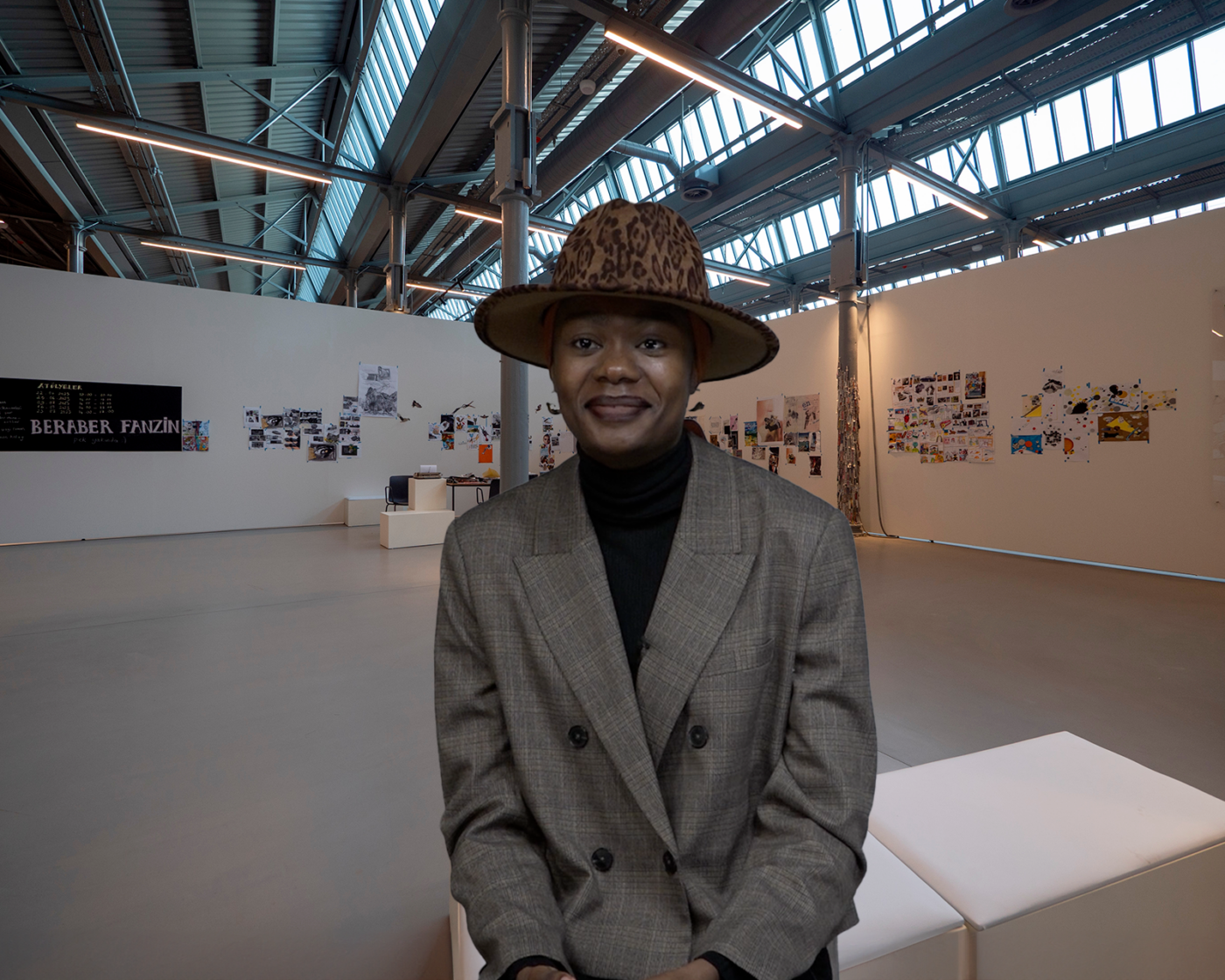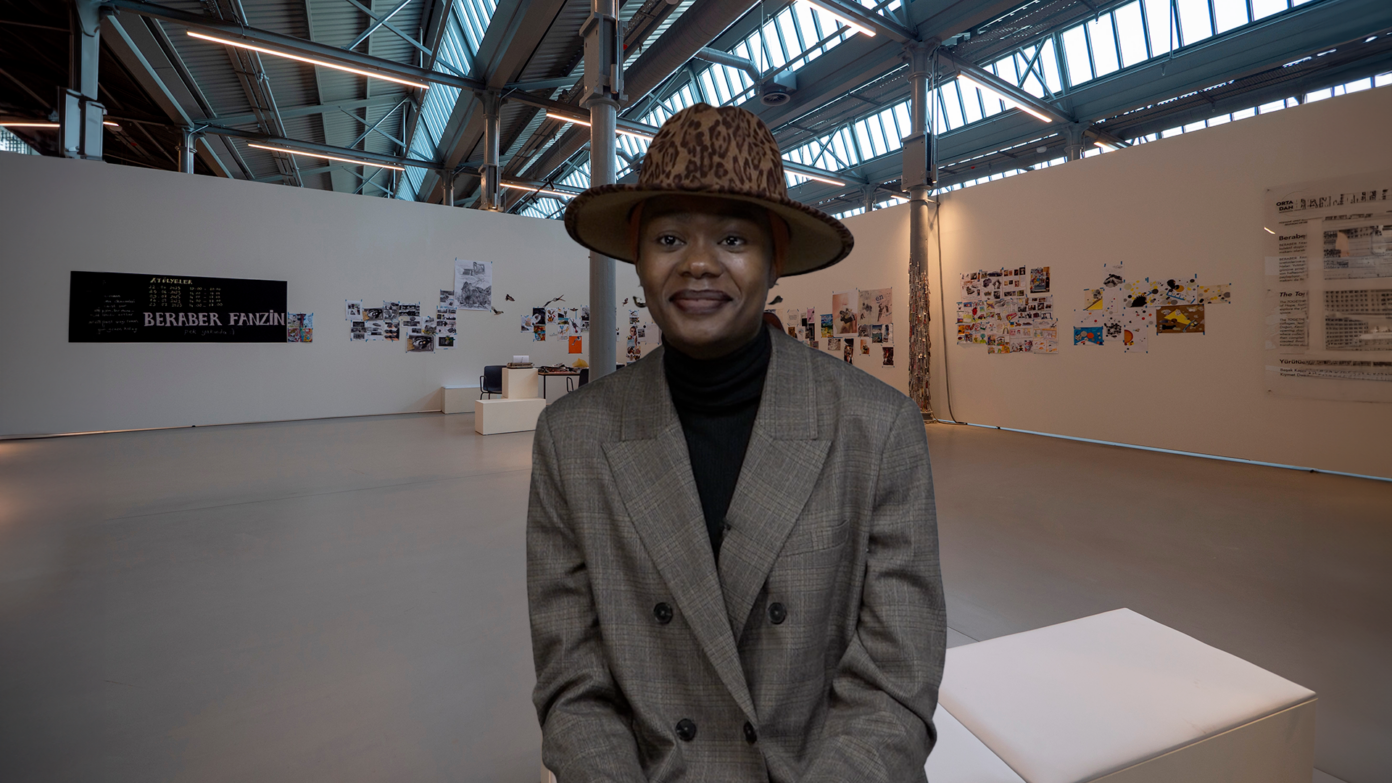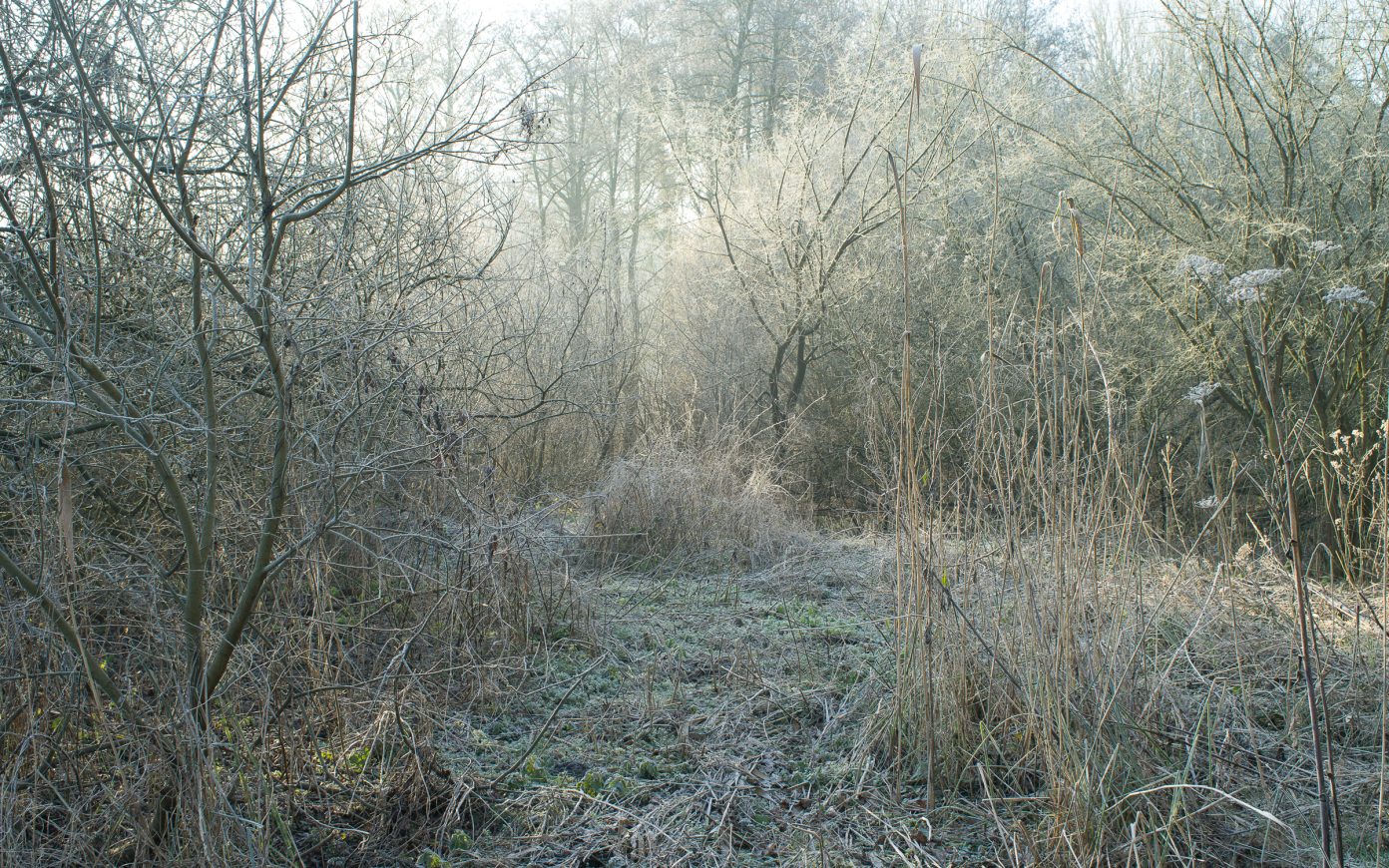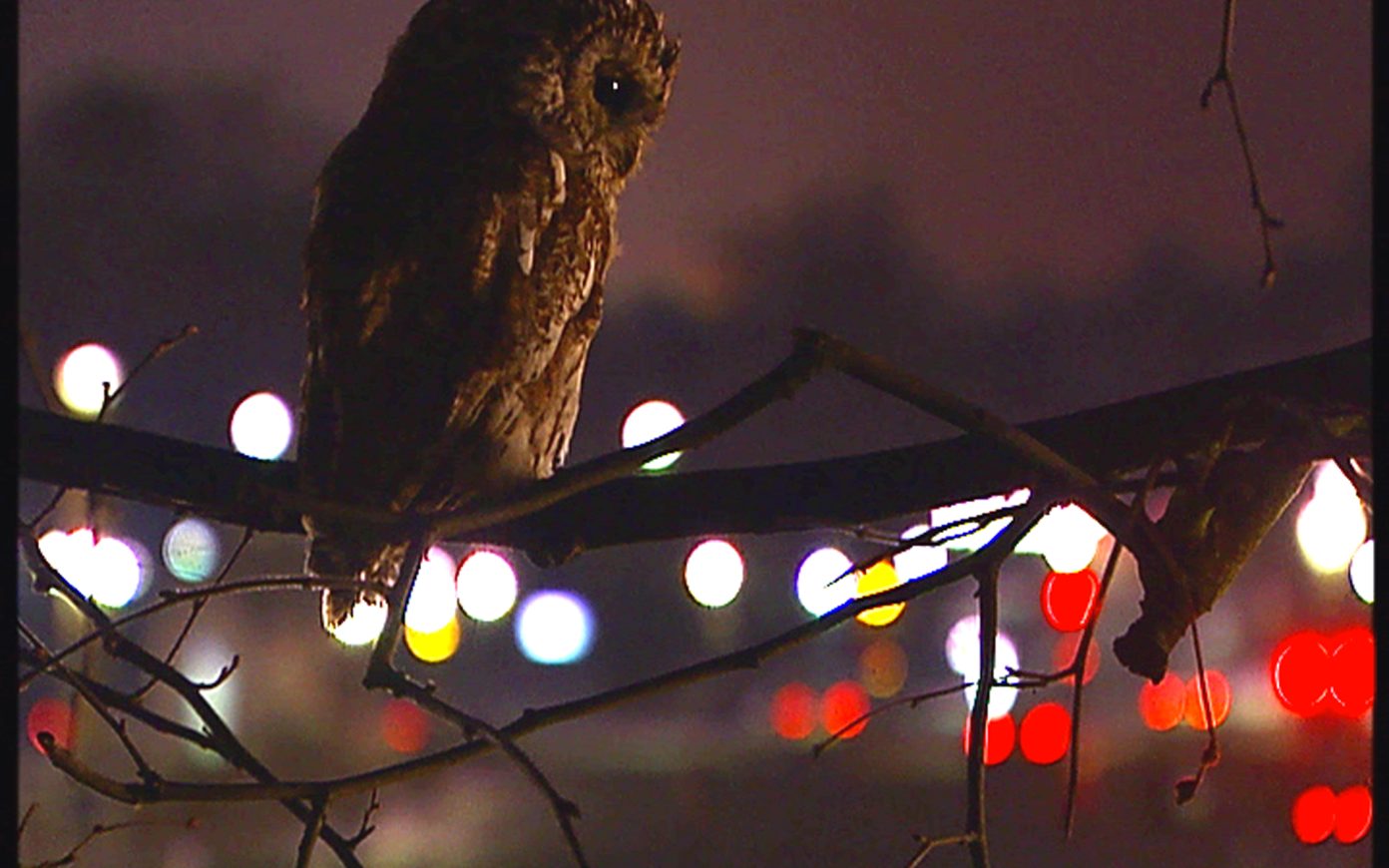Undoing our anthropized visions of the world has become so central to the foremost thinking in the realm of contemporary art that this decentering seems to have become both its role and primary mission. Through her films and installations, the artist Ariane Michel invites us to relocate, to move outside of ourselves so as to modify our perceptions and wander the world as an other. In her pieces she notably uses animals, plants, stones, and the force of the elements, so as to create many new centers of the world and perceptive possibilities. Using tools from the field of cinema and by involving the living, she incarnates in both an artistic and immersive fashion a disanthropization of the world which manipulates the perception of time and shifts points of view by involving the spectator in new relationships. Overwhelming our imagination, she invites us to recreate the world by repositioning us as one element among many others.
